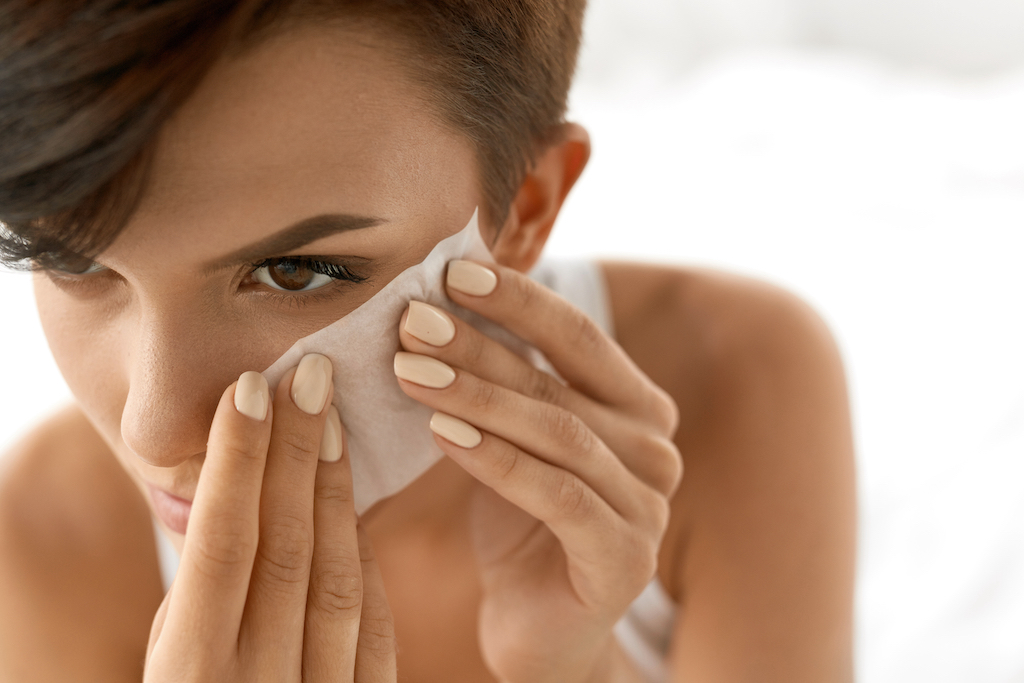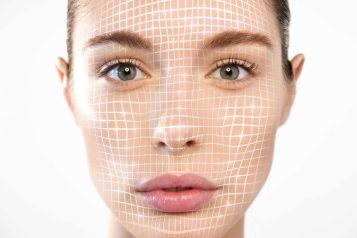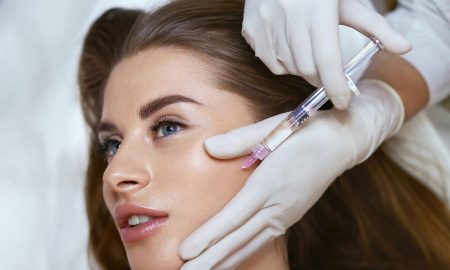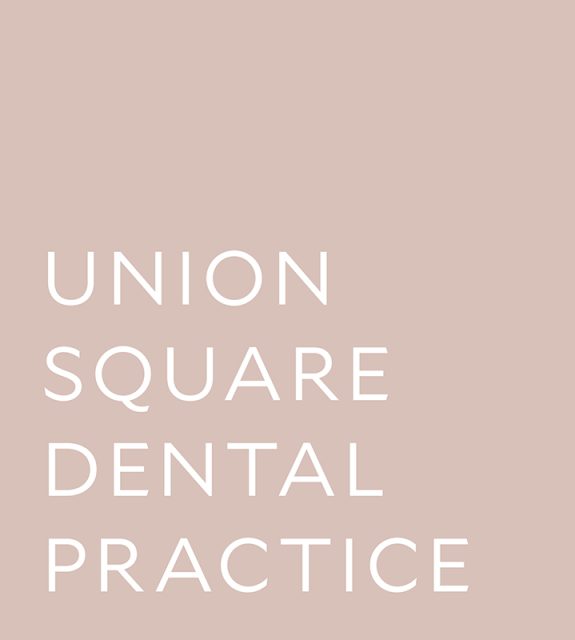Dr. Alina Sholar is a renowned plastic surgeon based in Austin, TX, the founder of Skin Science Soul by Dr. Sholar and her much-adored Dr2Dr skincare program exclusively for physicians. Dr. Sholar is recognized nationally as an aesthetic laser expert and is frequently featured in national media outlets for skin aging. After completing a full five-year general surgery residency at the University of Louisville, she went on to a Plastic & Reconstructive Surgery at the University of Tennessee. Dr. Alina Sholar is not only known for her unparalleled medical background, she also builds a true connection with her patients, with an easy girl’s-girl relatability.

Everyone should get a detailed and comprehensive skin analysis from a plastic surgeon or dermatologist, including biometric measurements, high-definition ultraviolet, and polarized light photography, and a careful interview to determine basic skin type and physiology, as well as identify pathologic processes. Then services and treatments, including post-appointment home care, can be recommended and serious skin conditions warranting medical intervention can be addressed.
Between visits to a physician, the most important step in caring for your skin comes in understanding your specific skin type and how it adapts to certain environmental conditions. Taking the time to learn your skin’s specific needs will help you to choose the right options that will balance your skin, resulting in a healthier complexion, so Haute Beauty expert Dr. Alina Sholar will teach you here how to (almost) analyze your skin like a pro!
Because everyone’s skin is unique, products that work for your friends may not work for you. Determining your skin type and concerns can enable you to create a skincare routine that addresses your particular issues and help you create healthy, glowing skin. Although there are several different skin types that are genetic long-term characteristics and acute skin concerns, each has defining traits that can help you assess your skin. It’s easy to conduct your own skin analysis to determine what kind of skin you have and what kind of skincare routine would benefit you with the best results. Additionally, our skin’s needs can change over time, and taking steps to identify its needs is essential for it to function and look its best. Keeping the health of your skin in mind is important, and “checking in” regularly to determine whether any adjustments to your current ritual may be needed.
You can conduct a self-analysis of your skin in the comfort of your own home. Here are the steps to help you determine your own skin type.

1. Starting With Your Cleanser, Assess Hydration
Hydration is a measure of the amount of water in the epidermis. Hydration indicates how effective the skin is functioning as a barrier system, keeping water in and irritants out.
Begin by washing your face with your usual cleanser and pat dry. Don’t apply any products like face serum, moisturizer, or SPF just yet. How does it look and feel immediately after cleansing? Does it feel tight and smooth? Is it red and inflamed? Or is it soft and supple?
After a half-hour, take a look at your forehead, nose, cheeks, and chin to see if you notice any shininess, or is it feeling drier? Wait another 30 minutes and see if your skin feels dry when you smile or make other facial expressions.
Your skin should feel supple immediately after cleansing, indicating a good hydration level and a healthy barrier function is present, and a gentle, pH-appropriate, emulsifier-free cleanser has been used. However, skin that feels tight immediately after cleansing, but is supple later on most likely has a strong healthy barrier function and is also likely either a normal or oily skin type but has initial barrier impairment due to the lipid emulsifiers in the chosen cleanser. This is the most common reason skin is tight and dry after cleansing- it is product-induced. However, if your skin continues to feel dry, this indicates dry skin. A shiny forehead and nose after this length of time since cleansing indicates normal or combination skin. Additional shine on your cheeks means you probably have oily skin.
We see product-induced barrier impairment and dehydration far more often than real, truly dry skin. Dehydrated skin lacks water, whereas dry skin lacks lipids. Using cleansers and scrubs that are too harsh, even if they are recommended for excessive oiliness, may send the signal to your skin’s sebaceous glands that more oil is needed. On the other hand, applying thick, oily, and occlusive moisturizers can result in decreased natural oil production, resulting in even drier skin.

2. Using the Blot Test to Assess Lipid Levels
Lipid levels are how much sebum is produced, which can be impacted by age, hormones, stress, environment, and product use. Assessing lipid levels properly is a must in determining whether the skin is dry and lacking lipids, or oily secondary to a compensatory reaction due to dehydration and barrier impairment or due to inherent essential fatty acid deficiency.
Still, while you have not yet applied any product, assess your skin’s sebum production. A quick and easy way to assess this portion of your skin type is to use blotting tissue paper. Apply a sheet to each of four different facial areas, noting which was used on the forehead, chin, nose, and cheeks. When you hold the sheet up to the light, how much oil do you see? If the sheet is fairly dry, you probably have dry skin. If the sheet from your forehead and nose reveals some oil, chances are you have normal or combination (imbalanced) skin. If your blotting paper is oily from the T-zone areas but dry on the cheeks, your skin is imbalanced due to barrier dysfunction. This means that your skin has become dehydrated due to the loss of moisture through your epidermal layers because a healthy lipid bilayer barrier of protection is absent. As a compensatory response, your sebaceous (oil) glands rev up oil production in the T-zone. A saturated blotting paper indicates you have oily skin, especially if it came from blotting the cheeks. This skin type is prone to acne breakouts and may appear shiny all over with enlarged pores.
Barrier repair creams with a humectant component such as hyaluronic acid and glycerin, are essential with dry skin to assist with barrier function and to improve its feel and appearance.

3. Is it Red? Determining Sensitive vs. Tolerant vs. Inflamed
Not all reddened skin is rosacea or sensitive skin. While managing sensitive skin can be challenging, as it takes considerable effort to determine which ingredients cause the irritation, most of the time skin is red due to the same barrier impairment that causes dehydrated skin.
To make the process easier of figuring out the cause of your skin’s redness, ask yourself a few more questions. If you wear jewelry that is not 14k gold, do you ever get a rash? Do fragranced bubble baths or lotions make your skin itch or cause a rash? Does your face ever look sunburned, even when it’s not? If you answered yes to any of these, you likely have sensitive skin. In this case, patch-testing a new formula behind one ear is a good way to find out if a reaction on the face is a risk.
If you answered “no” to these questions, but your face stays red even for a while after washing, your skin is more likely inflamed due to barrier dysfunction. When the lipid barrier of the skin has been broken down and made porous by choosing the wrong cleansers and skincare products, not only is water in the skin lost to the outside, but irritants, bacteria, and viruses can make their way inside the skin. This creates an immune reaction that shows up as inflammation and redness. Look for labels that identify formulas as non-irritating and non-sensitizing and free of parabens, synthetic fragrances, mineral oil, sulfate detergents, and phthalates, as these ingredients can result in redness and itchiness. The better you protect your skin’s barrier function from harsh products, the more likely it will be tolerant and healthy.

What is Your Skin Type?
Taking your assessments above into consideration and understanding a few common traits of each skin type, you can examine your skin and find similarities that will point to which category your skin falls under.
Dry Skin Type
Dry skin is naturally lacking in oil. Acne is uncommon in this skin type and the surface will often be patchy, red, or irritated. Patients may complain their face feels “tight”, dull, or rough. Usually, the skin’s pH is too alkaline, which can be restored with the use of mild gentle pH-appropriate, non-emulsifier cleansers. Good barrier repair creams, preferably with a proper ratio of cholesterols, ceramides, and free fatty acids, as well as a humectant component such as hyaluronic acid, are essential for dry skin to assist the skin in restoring its barrier function and improve its feel and appearance. Dry skin can also be tackled from within with improved hydration and nutrition, being sure to consume healthy fats from avocados, olives, walnuts, flax seed, salmon, and other sources of polyunsaturated omega-3 fats.
Oily Skin Type
Oily skin is basically the opposite of dry skin and genetics, stress, and hormones are all factors in precipitating oily skin. The key to this type of skin is to control excess oil without stripping the skin. Use gentle, non-foaming pH-appropriate cleansers and ingredients that naturally help the skin reduce its oil production such as salicylic acid, isoflavones, B vitamins, and retinoids.
Imbalanced or Dehydrated Skin
Although this really isn’t a “type” naturally, it is by far the most common skin presentation, with a large subset of this population having mostly dehydrated skin with a compensatorily oily T-zone. This is most often secondary to an impaired protective lipid bilayer barrier and resolves once the barrier is no longer perturbed by the offending product use. The best treatment is ensuring your cleanser is free of detergents that break down the delicate lipid barrier, plus using a barrier repair cream to ensure your skin physiologically functions properly.
Normal Skin Type
Normal skin is balanced—feeling neither too dry nor too oily. Because its lipid bilayer barrier is functioning properly and the pH of the skin is around 4.8, it is not prone to breakouts, dryness, flakiness, or feeling slick or tight. Pores are generally small, the skin's texture is smooth, and it is resilient, tolerant, and less likely to be prone to sensitivity or blemishes.
Sensitive Skin Type
Sensitive skin is a complex issue with skin more prone to inflammation and overreaction. Sensitive skin is more easily irritated by a host of factors, including sun exposure, environmental pollutants and irritants, skin care products, makeup, and dermatological treatments such as chemical peels. People with sensitive skin may have acne, rosacea, or contact dermatitis- red, itchy rashes that develop due to coming in contact with metals, soaps, dyes, fragrances, and detergents. Sensitive skin may also be especially prone to stinging or burning, especially if also dry or barrier-impaired. Often, if the skin’s barrier is repaired and starts functioning properly, the sensitivity diminishes. Sensitive skin can generally be divided up into several types: naturally sensitive, environmentally sensitive, and reactive.
Naturally sensitive skin has a genetic component, and it can be linked to inflammatory skin conditions like eczema, rosacea, and psoriasis. Environmentally sensitive skin is triggered by things in your environment such as cigarette smoke, pollen, and air pollution. Reactive skin becomes red and inflamed by skincare products, with irritation wherever the product was used.
Understanding that these different skin types, which include oily, dry, normal, dehydrated, and sensitive skin, have different needs is the first step in caring for it. Visit Skin Science Soul to book a consultation with Dr. Sholar and her team today.






















